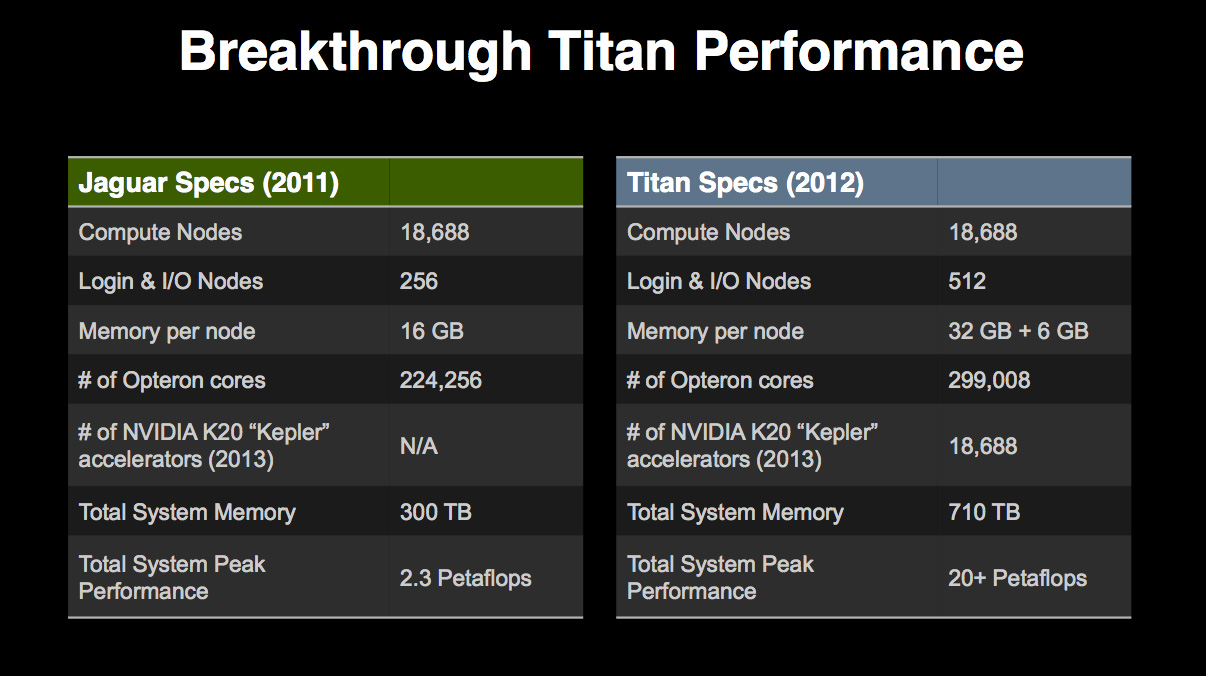Whether or not they would make an interesting option for Apple would hinge upon Temash and Kabini's GPU performance. If AMD can get the Temash chips at sub-5W TDP and great GPU performance then Apple would definitely be interested.
Interested? Sub 5W chips aren't really Apple thing, as it is too hot to bring to tablets and too weak to power macbooks. Plus whenever Intel came with some better Atom interation Apple would toss AMD out of the window.
All in all Apple seems pretty committed to custom ARM designs, they definitively want to bring chip design on board.
Keep in mind that it was Apple's push toward GPGPU that created openCL too, then AMD has been pushing it as a standard ever since. That too would imply some incentive.
Not at all. As you can imagine OpenCL is, well, open, so everybody can come and design OpenCL chips. AMD has no advantage here too, or at least not the advantage needed to bring Apple to the other side of the table.
There's also discrete GPUs
Discrete market is going to shrink.
as well as Apple being interested in AMD's APUs for two generations now, though they missed out with Llano because of GloFo's yield and capacity issues early on with 32nm. Obviously the x86 license would be tossed out, but with AMD dabbling in ARM it certainly opens up some new doors
Do you really think that yields were the definitive issue for Apple not going to AMD? They weren't. If, let's say, Apple wanted to launch a Llano Macbook in december, this contract would have to be locked in at least one year before.
Designs would have to be made, orders placed, drivers developed and tested, support trained, notebooks assembled and then you have your macbook ready.
AMD didn't have to know how Llano yields would be one year before launch.
What probably happened is that AMD floated the idea, Apple liked the AMD chip and said that it would suit them good, but then they looked at AMD then current track record, manufacturing capacity and product roadmap and gave up this idea. It is clear by now that partnering with AMD would have been a very bad idea.



